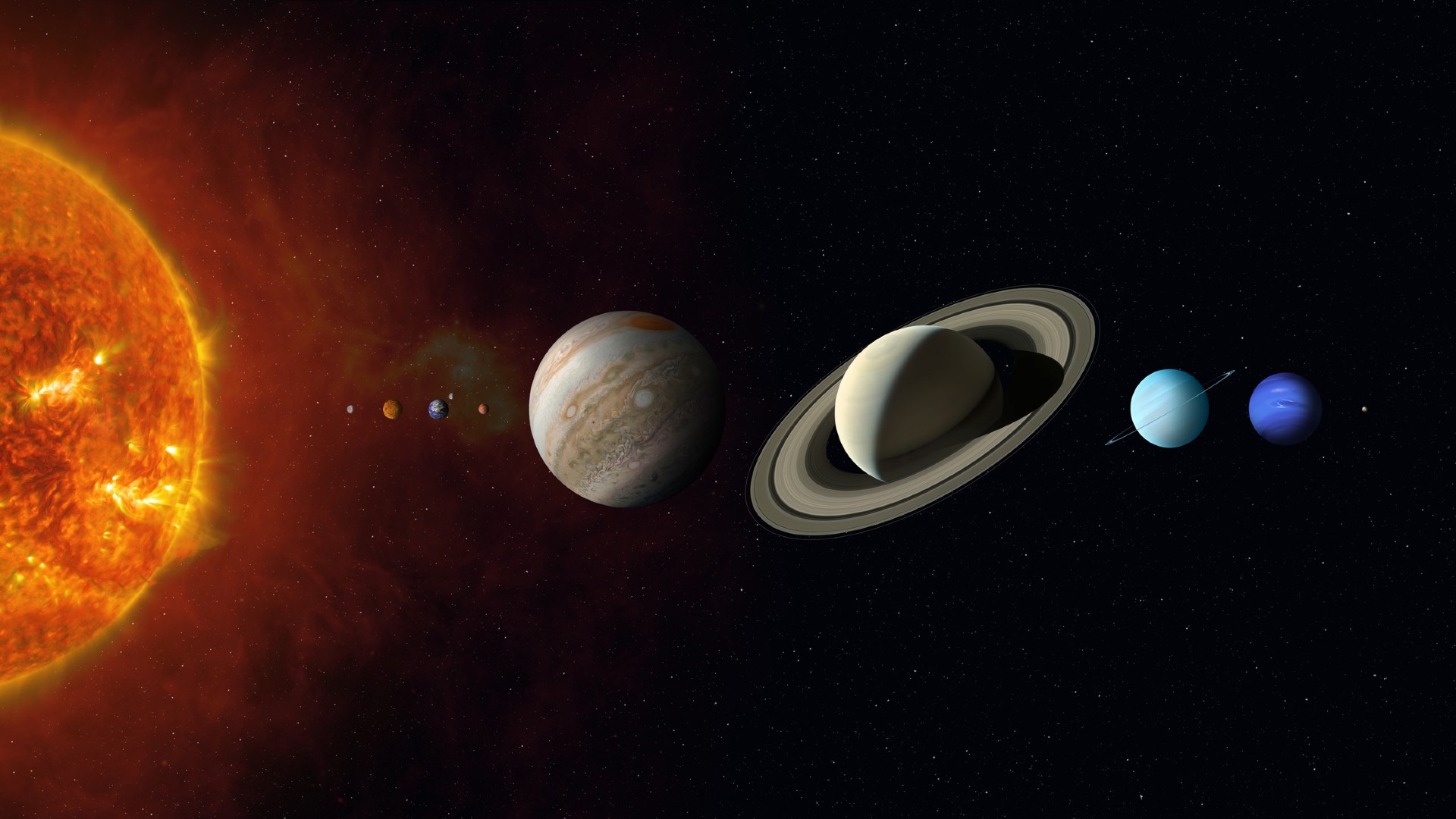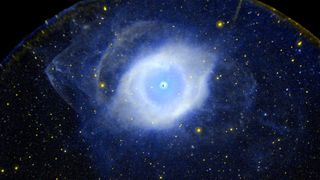
An illustration of our solar system (not to scale). (Image credit: buradaki/iStock/Getty Images Plus)
Astronomers have discovered that the solar system may be moving through the cosmos over three times faster than was previously theorized. The discovery could have implications for the standard model of cosmology, our current best model to explain the structure, composition and evolution of the universe.
The team behind this research reached its conclusions using the Low Frequency Array (LOFAR) radio telescope network and two other radio telescopes to map the distribution of radio galaxies, which they then used to measure the motion of the solar system. Radio galaxies are galaxies that emit unusually strong radio waves from "lobes" that extend well beyond their visible structure of stars.
Astronomers have discovered that the solar system may be moving through the cosmos over three times faster than was previously theorized. The discovery could have implications for the standard model of cosmology, our current best model to explain the structure, composition and evolution of the universe.
The team behind this research reached its conclusions using the Low Frequency Array (LOFAR) radio telescope network and two other radio telescopes to map the distribution of radio galaxies, which they then used to measure the motion of the solar system. Radio galaxies are galaxies that emit unusually strong radio waves from "lobes" that extend well beyond their visible structure of stars.











